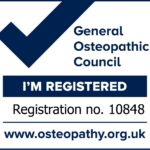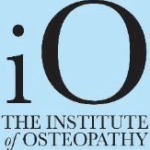Overview of Osteoarthritis
Osteoarthritis is a degenerative joint disease, in which the tissues in the joint break down over time. It is the most common type of arthritis and is more common in older people.
People with osteoarthritis usually have joint pain and, after rest or inactivity, stiffness for a short period of time. The most commonly affected joints include the:
- Hands (ends of the fingers and at the base and ends of the thumbs).
- Knees.
- Hips.
- Neck.
- Lower back.
Osteoarthritis affects each person differently. For some people, osteoarthritis is relatively mild and does not affect day-to-day activities. For others, it causes significant pain and disability. Joint damage usually develops gradually over years, although it could worsen quickly in some people.
What happens in osteoarthritis?
Researchers do not know what triggers or starts the breakdown of the tissues in the joint. However, as osteoarthritis begins to develop, it can damage all the areas of the joint, including:
- Cartilage, the tissue that covers the ends where two bones meet to form a joint.
- Tendons and ligaments.
- Synovium, the lining of the joint.
- Bone.
- Meniscus in the knee.
As the damage of soft tissues in the joint progresses, pain, swelling, and loss of joint motion develops. If you have joint pain, you may be less active, and this can lead to muscle weakness, which may cause more stress on the joint. Over time, the joint may lose its normal shape. Also, small bone growths, called osteophytes or bone spurs, may grow on the edges of the joint. The shape of the bone may also change. Bits of bone or cartilage can also break off and float inside the joint space. This causes more damage. Researchers continue to study the cause of pain in people who have osteoarthritis.




